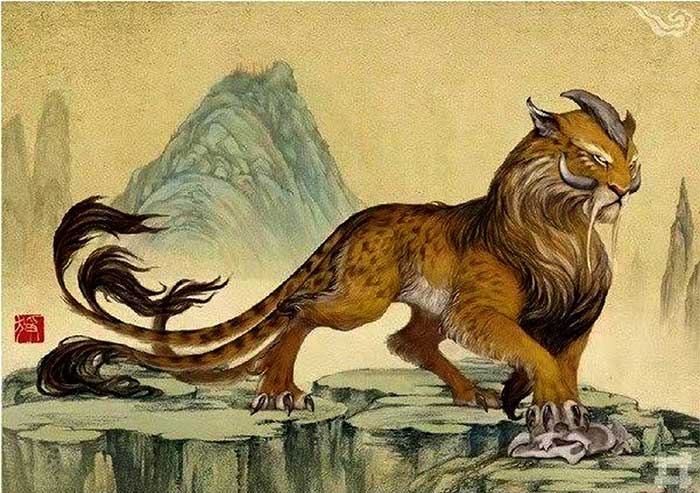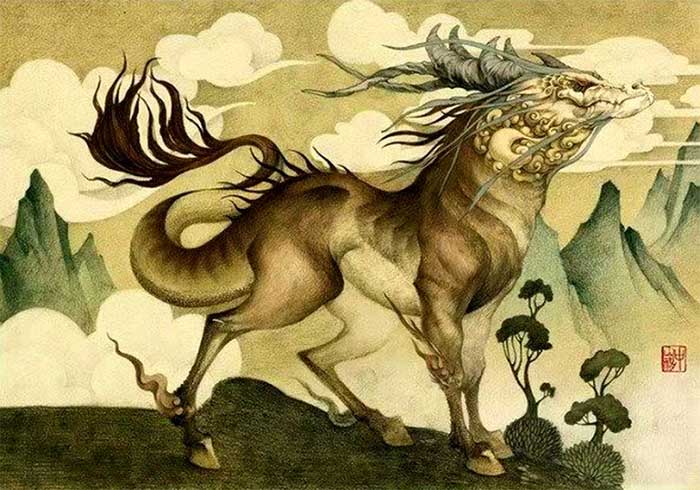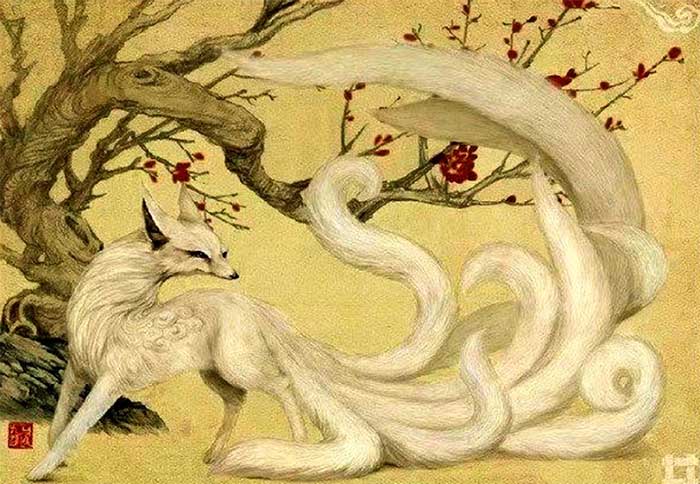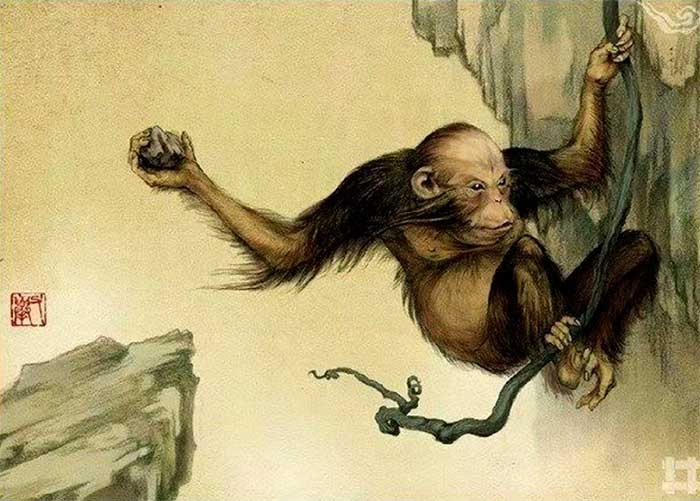“Shan Hai Jing” is an ancient Chinese text that encompasses mythology, legends, and monsters, capturing the geography, history, mythology, astronomy, flora, fauna, medicine, and other aspects of ancient times.
The Relationship Between Mythology, Legends, and Historical Truth in “Shan Hai Jing”
“Shan Hai Jing” contains a vast array of mythology and legends, such as the tale of the Archer Yi chasing the Sun, Nuwa repairing the sky, and the Flood Dragon subduing the sea, among others. These stories are rich in imagination and allegory, leaving a profound impression on people’s minds.
But are these myths and legends entirely fictional? Are they exaggerations or metaphors for historical truths? In fact, some scholars argue that the myths and legends in “Shan Hai Jing” are not baseless but rather reflect the changes and developments of human society and the natural environment in ancient times.
For example, the story of Archer Yi chasing the Sun may symbolize the dilemma and survival spirit of primitive humans striving for solar energy and water; the tale of Nuwa repairing the sky could represent natural disasters and the civilization of humanity…
Of course, these interpretations are not entirely accurate, nor do they exclude the possibility that some myths and legends are purely fictional or borrowed from other cultures. However, at least they suggest that the myths and legends in “Shan Hai Jing” are not without foundation but have a certain historical and cultural context.

“Shan Hai Jing” contains a wealth of Chinese myths and legends. (Illustration: Viewofchina).
Comparing Geographical Knowledge in “Shan Hai Jing” and Modern Science
“Shan Hai Jing” primarily focuses on geography, documenting mountains, oceans, rivers, lakes, deserts, grasslands, and other terrains from ancient times, as well as ethnic groups, rituals, and more from various places.
However, is the geographical knowledge in “Shan Hai Jing” accurate? What are the similarities and differences between it and modern scientific geography? In fact, some scholars believe that the geographical knowledge in “Shan Hai Jing”, while not fully meeting modern scientific standards, is not entirely incorrect or unreasonable and possesses a certain level of scientific and factual validity.
For instance, “Shan Hai Jing” records the mountains and rivers in the northern, southern, eastern, and western directions of mainland China. Although some names and locations differ from modern times, they essentially reflect the topographical features and the distribution of the water system in mainland China. In “Shan Hai Jing”, it is noted that the Qaidam Basin and Lop Nur in the western regions were described as an endless swamp, consistent with ancient climate changes and the drying up of lakes discovered by modern scientists.
Of course, these records are not entirely accurate, and some geographical knowledge may be based on legends or imagination. However, it at least shows that the geographical knowledge in “Shan Hai Jing” is not without basis but demonstrates a certain level of observation and exploration.

Shan Hai Jing records many strange animals and rare plants from ancient times. (Illustration: Viewofchina).
The similarities between the descriptions of animals and plants in “Shan Hai Jing” and real organisms
“Shan Hai Jing” also records many strange animals and rare plants from ancient times, including their shapes, habits, uses, and so on.
But are the descriptions of animals and plants in “Shan Hai Jing” authentic and reliable? How similar are they to real organisms? In fact, some scholars argue that although the descriptions of animals and plants in “Shan Hai Jing” may be somewhat exaggerated or mistaken, they are not entirely fictional or fabricated but hold a certain level of authenticity and similarity.

Nine-tailed fox. (Illustration: Viewofchina).
For example, “Shan Hai Jing” records many mythical animals such as the unicorn, phoenix, dragon, and Kunpeng. These creatures may be exaggerations or combinations of real animals. For instance, the unicorn may be an exaggeration of animals like deer or rhinoceroses; the phoenix may be an exaggerated representation of animals like peacocks or paradise birds; the dragon could be an exaggeration of creatures like snakes or crocodiles; and Kunpeng may be an exaggerated depiction of animals like whales or seagulls.
Of course, these explanations are not entirely accurate and do not exclude the possibility that some animals and plants are based on mythology or imagination. However, it at least indicates that the descriptions of animals and plants in “Shan Hai Jing” are not without basis, as they have certain prototypes and similarities.

The descriptions of animals and plants in “Shan Hai Jing” are somewhat exaggerated. (Illustration: Viewofchina).
In summary, the content in “Shan Hai Jing” contains both fictional and exaggerated elements, as well as realistic aspects. It is a book about mythology and monsters that reflects the changes and developments of human society and the natural environment in ancient times. This book also serves as an encyclopedia of geography, history, mythology, astronomy, zoology, botany, medicine, religion, and more from ancient times.
“Shan Hai Jing” is not only a historical document but also a cultural artifact that showcases the wisdom and imagination of ancient Chinese people in various aspects, influencing literature, art, science, and other fields of humanity.





















































